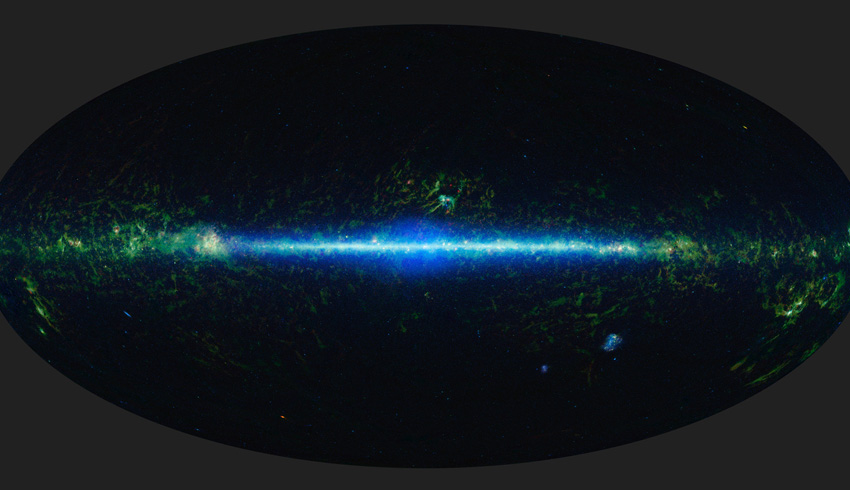
Following detailed evaluations, the agency intends to select two proposals in 2021 to be the next astrophysics missions under the Explorers Program. The selected missions will be targeted for launch in 2025.
Two astrophysics Small Explorer (SMEX) missions and two Missions of Opportunity (MO) proposals were competitively selected, based on potential science value and feasibility of development plans. Excluding the cost of launch, SMEX mission costs are capped at $145 million each, and MO costs are capped at $75 million each.
Thomas Zurbuchen, associate administrator of the agency's Science Mission Directorate in Washington, said, "These promising proposals under the Explorers Program bring out some of the most creative, innovative ways to help uncover the secrets of the universe.
"From studying stars and planets outside our solar system to seeking answers to the largest cosmic mysteries, I look forward to the breakthrough science from these modest size missions."
Each SMEX proposal will receive $2 million to conduct a nine-month mission concept study. The selected proposals are:
The Extreme-ultraviolet Stellar Characterization for Atmospheric Physics and Evolution (ESCAPE) Mission
- ESCAPE would study nearby stars, watching for rapid, strong ultraviolet flares. It aims to determine how likely such flares are to strip the atmosphere from a rocky planet orbiting the star, affecting conditions for habitability.
- Principal investigator: Kevin France at the University of Colorado at Boulder.
The Compton Spectrometer and Imager (COSI)
- COSI would scan our Milky Way galaxy, measuring gamma rays from radioactive elements produced during stellar explosions to map the recent history of star death and element production. It would also measure polarisation, to improve our understanding of how distant energetic cosmic explosions produce gamma rays.
- Principal investigator: John Tomsick at the University of California, Berkeley.
MO proposals will each receive $500,000 to conduct a nine-month implementation concept study. The selected proposals are:
The Gravitational-wave Ultraviolet Counterpart Imager Mission
- The Gravitational-wave Ultraviolet Counterpart Imager consists of two independent small satellites, each scanning the sky in a different ultraviolet band. It would detect the light from hot gas in the explosion that follows a burst of gravitational waves caused by merging neutron stars or a neutron star merging with a black hole. Between these events, the mission would map the sky in ultraviolet light, finding other bright objects such as exploding stars.
- Principal investigator: Stephen (Brad) Cenko at NASA’s Goddard Space Flight Center in Greenbelt, Maryland.
LEAP – A LargE Area burst Polarimeter
- Mounted on the International Space Station, LEAP would study the energetic jets launched during the explosive death of a massive star, or the merger of compact objects such as neutron stars. LEAP's measurements of polarisation in gamma-ray bursts could distinguish between competing theories for the nature of the jets, which move out at close to the speed of light. LEAP would complement NASA's Imaging X-ray Polarimetry Explorer (IXPE), scheduled to launch in 2021.
- Principal investigator: Mark McConnell at the University of New Hampshire in Durham.
Dr Paul Hertz, Astrophysics Division director at NASA Headquarters said, “Each of these missions would take the next steps in some of the hottest areas of astrophysics today.”
The Explorers Program, managed by Goddard, is the oldest continuous NASA program designed to provide frequent, low-cost access to space using principal investigator-led space science investigations relevant to the Science Mission Directorate’s astrophysics and heliophysics programs.
“With the high science rewards for low dollar amounts, Explorers missions successfully fill the scientific gaps in our current fleet of space observatories,” Dr Hertz added.
Since the launch in 1958 of Explorer 1, which discovered Earth’s radiation belts, the Explorers Program has launched more than 90 missions, including the Uhuru and Cosmic Background Explorer (COBE) missions that led to Nobel prizes for their investigators.
Receive the latest developments and updates on Australia’s space industry direct to your inbox. Subscribe today to Space Connect here.









